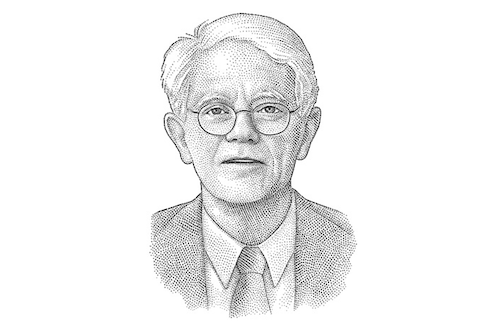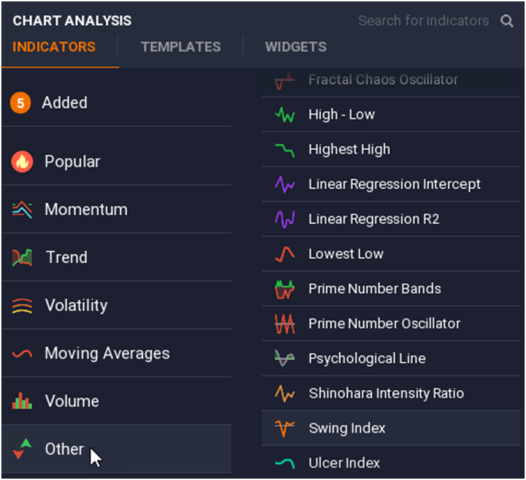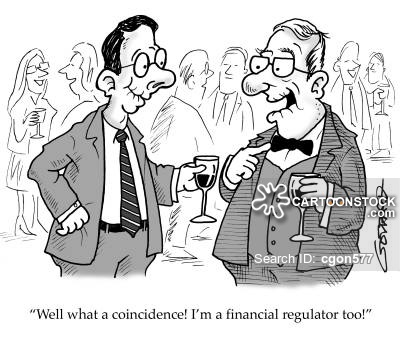Contents
Joint probability is the likelihood of event Y occurring at the same time that event X occurs. Bayes’ theorem was named after Thomas Bayes (1701–1761), who studied how to compute a distribution in bayes theorem unconditional probability is called as for the probability parameter of a binomial distribution . Bayes’s unpublished manuscript was significantly edited by Richard Price earlier than it was posthumously learn on the Royal Society.

Posterior probability is the probability an event will happen after all evidence or background information has been taken into account. It is closely related to prior probability, which is the probability an event will happen before you taken any new evidence into account. Prior probability represents what is originally believed before new evidence is introduced, and posterior probability takes this new information into account. Bayes’ theorem, named after 18th-century British mathematician Thomas Bayes, is a mathematical formulation for figuring out conditional likelihood.
Fallacies regarding conditional probability
The Bayesian approach permits using goal data or subjective opinion in specifying a prior distribution. Prior likelihood, in Bayesian statistical inference, is the probability of an event before new data is collected. This is the most effective rational assessment of the likelihood of an end result primarily based on the current knowledge earlier than an experiment is performed. Posterior probability is the revised chance of an event occurring after bearing in mind new data. With the Bayesian approach, different people may specify different prior distributions. Classical statisticians argue that for that reason Bayesian methods endure from a lack of objectivity.

Now here is the story of another American visitor to our country. “May be this fear of flu in India is a rumour after all,” he thinks with some relief at the end of the day. The next day passes, and still he does not meet a single person with flu. He is now quite confident that the apprehension about flu is not serious. When yet another day further supports his optimistic belief, he starts thinking that the expensive flu-vaccine he took back home was a wastage of money. You may also consult the Previous Papers to get an idea about the types of questions asked.
Bayes’ Theorem
Becoming familiar with Bayes’ theorem is one way to combat the natural tendency to neglect base rates. A prior chance distribution for a parameter of curiosity is specified first. The evidence is then obtained and mixed via an utility of Bayes’s theorem to offer a posterior chance distribution for the parameter. The posterior distribution supplies the premise for statistical inferences regarding the parameter. Applications of the theory are widespread and never restricted to the monetary realm. Bayes’ theorem depends on incorporating prior likelihood distributions to be able to generate posterior probabilities.
Bayes’ theorem is a respectable relation between marginal occasion chances and conditional chances. Find the odds as should you were calculating the likelihood of a single event. You have calculated that there are a total of 20 possibilities and that, essentially, eleven of those outcomes are drawing a white marble. So, the chance of drawing a white marble can now be approached like some other single-event likelihood calculation. Let E1, E2 and E3 denote the events of selecting box A, B, C respectively and A be the event that a screw selected at random is defective. A box is selected at random and a screw drawn from it at random is found to be defective.
In the above example, the likelihood is the probability of the person being a smoker, given that the person has cancer. Conditional probability can be defined as the likelihood of an event or outcome based on the occurrence of a previous event or outcome. It is calculated by multiplying the probability of the prior event by the probability of the subsequent or conditional event. The confusion remains even if you do some conditional probability computations. Let’s label the the door you chose originally by the number 1. Also let’s label with the number 2 the door opened by the host.

Earn Executive PG Programs, Advanced Certificate Programs, or Masters Programs to fast-track your career. A statistical theorem given by the English statistician and philosopher Thomas Bayes in the 1700s continues to be a guiding light for scientists and analysts across the world. Today, Bayesian thinking finds application in medicine, science, technology, and several other disciplines and continues to influence our worldview and resultant actions strongly. They both formed their own ideas based on their personal random experience. The true prevalence of flu in India is the same for both of them, but their personal beliefs about it are drastically different.
Price edited Bayes’s major work “An Essay towards fixing a Problem in the Doctrine of Chances” , which appeared in Philosophical Transactions, and accommodates Bayes’ theorem. Price wrote an introduction to the paper which supplies some of the philosophical foundation of Bayesian statistics. When applied, the chances involved in Bayes’ theorem could have completely different chance interpretations.
The formula for conditional probability
Thereafter, we can substitute the values in the formula for deriving posterior probability. In the above equation, P is the joint probability, referring to the likelihood of two or more events occurring simultaneously. With that in mind, https://1investing.in/ let us brush up on the fundamental concept of conditional probability before we understand Bayes’ Theorem in depth. A doctor diagnoses a disease correctly in 90% cases. If the diagnosis is wrong, the patient dies with probability 50%.
- Another important approach to statistical inference is Bayesian inference.
- The conditional probability of event E2 is the probability that the event will occur given the knowledge thatevent E1 has already occurred.
- Prior likelihood, in Bayesian statistical inference, is the probability of an event before new knowledge is collected.
- Bayes’ theorem, named after 18th-century British mathematician Thomas Bayes, is a mathematical formulation for figuring out conditional likelihood.
- A red ball means fear of flu, a green ball means the opposite.
A statistical mannequin can be seen as a procedure/story describing how some data got here to be. The entire prior/posterior/Bayes theorem thing follows on this, however in my view, utilizing probability for every thing is what makes it Bayesian . The probability that this process will terminate with one red ball is 1. Of this group 20% of the men and 50% of the women are unemployed. If a person is selected at random from this group, the probability of the selected person being employed is _______.
So, the probability of still being healthy given that the results of the test turned positive is above 99%. In bio-chemistry, given the various blood sample tests, decision of occurrence of a particular disease is predicted, so it never be 100% true. Possibly more instinctively, in a group of 100,000 people, 1,000 people will have cancer and 200 people will be 70 years old.
Related tests with Test: Bayes’ Theorem
But the conditional probability of both doors 1 and 3 are $\frac 12.$ So nothing is to be gained by switching. Another important approach to statistical inference is Bayesian inference. The probabilities may produce different interpretations or conclusions of probability when Bayesian inference is applied. This theorem describes how a subjective degree of belief should change logically when availability of prior related evidence is taken into consideration. According to classical statistics, parameters are constants and cannot be represented as random variables.
Test: Bayes’ Theorem
Find the probability that the bag contains exactly 4 red balls. A red ball means fear of flu, a green ball means the opposite. The lady met a flu case on day 1 (i.e., randonly selected a red ball), and her fear deepened . The man did not meet any flu case in day 1 , so his courage increased .
TheoremFormulaA. Bayes’ TheoremIt describes the probability of an event based on the prior knowledge of the conditions that might be related to the event. The true conditional probabilities are $\frac 13$ for not switching and $\frac 23$ for switching. However, one must understand that the real situation is far too complex to be captured adequately by Polya’s urn model. This is an example of a two stage random experiment. Probability of selecting a black ball from the urn 2 i.e.
Out of those 1000 people with cancer, only 5 people will be 70 years old. Thus, of the 200 people who are 70 years old, only 5 are expected to have cancer. The posterior mean is then (s+α)/(n+2α), and the posterior mode is (s+α−1)/(n+2α−2). Both of these may be taken as a point estimate p for p. The interval from the 0.05 to the 0.95 quantile of the Beta(s+α, n−s+α) distribution forms a 90% Bayesian credible interval for p.
